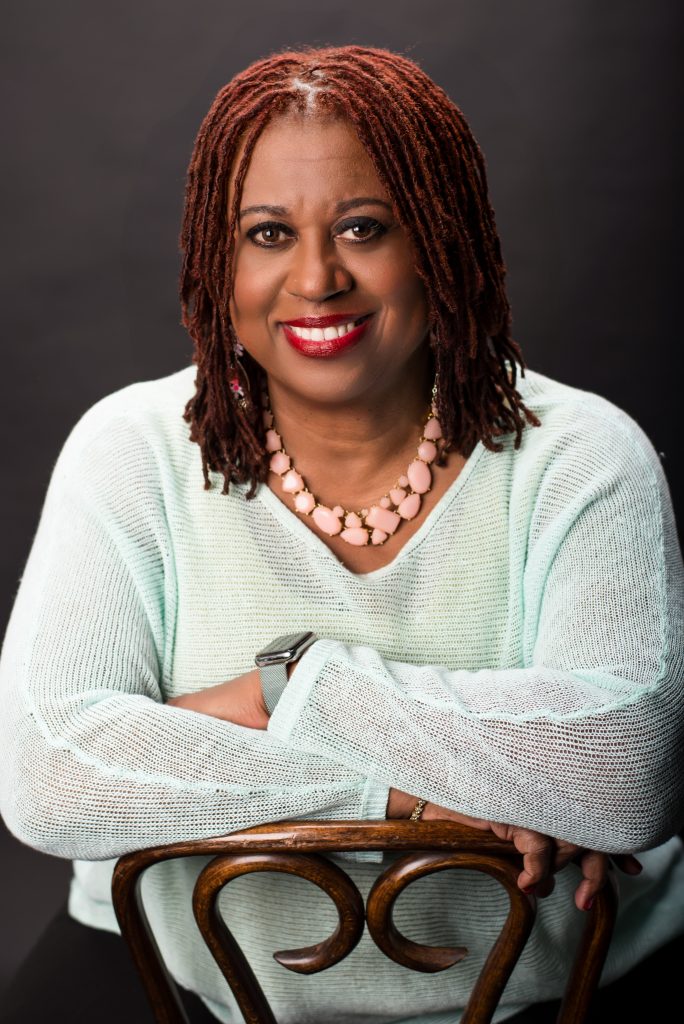Guest post: Denny S. Bryce discusses what led her to THE OTHER PRINCESS
We are delighted to welcome our February Author of the Month, Denny S. Bryce, to the blog to chart her journey to writing her biographical historical fiction novel The Other Princess which is inspired by the remarkable life of Queen Victoria’s African Goddaughter.

History can take surprising paths to reveal itself, even for a history geek like me. My journey to writing The Other Princess began in 2016.
The first time I became aware of Queen Victoria’s goddaughter, I was watching (and enjoying) the television series Victoria. In episode seven a character was introduced, an African princess and ward of Queen Victoria, Sarah Forbes Bonetta.
I followed my first instinct, which meant I immediately Googled her name—one of those fact-or-fiction questions swimming in my head—and discovered the Black goddaughter was real. Still, at the time, I was an un-agented author working on my first novel (Wild Women and the Blues, a historical set in the 1920s and 2015). So, my thoughts and research were all about Chicago’s Stroll, with real-life legends Louis Armstrong, Lil Hardin Armstrong, and Oscar Micheaux making an appearance. Of course, the protagonist in The Roaring Twenties was a fictionalized chorus girl named Honoree Dalcour. And 1920s story-telling and research are very different from the Victorian era.
So, time passed, and my brain continued to be full of the early twentieth century; my next novel, In the Face of the Sun, was set in Los Angeles during the late 1920s, and a road trip in 1968 from Chicago to LA. But Queen Victoria’s goddaughter remained in the back of my mind. The next time I was reminded of Princess Aina (Sarah’s Yoruba name) was in 2019, when Tessa Woodward, executive editor at William Morrow, an imprint of HarperCollins, tweeted the comment: “Could someone please write a novel about Sarah Forbes Bonetta?”
By then, you’d think I would’ve been all over it, but opportunity slipped through my fingers again. I was busy finishing my debut novel and my second novel. But in late 2020, I received an inquiry from an author friend and my agent, wondering about my interest in writing a book about an African princess in Queen Victoria’s royal court. And finally, I was in a place to focus on a story that had been so close for years.
Within a week, I was writing a synopsis and sample chapters about the life of Princess Aina, or as she came to be called, Sarah Forbes Bonetta.
I wrote my proposal and within weeks, I had a contract. A few months after The Other Princess was to be released in the U.S., I received news that Allison & Busby, a UK publisher, wanted to release the book in the UK, Canada, and Australia. Talk about excited! I was beyond thrilled. My first novel, set in the 19th century, about a West African Princess from what is now Nigeria, was to be my VERY FIRST book sold to a publisher outside the US. I was dizzy with joy.
You’d think that from this point, writing the book would be smooth sailing. But there was so much to be done, much of which had to do with research. And I mean, RESEARCH!
I read books, newspaper articles (from the Victorian era, mind you), etiquette and charm non-fiction, visited museums, listened to the music of the time, revisited my books on historical dance, and read some of the more than 1 million words Queen Victoria wrote in her countless diaries.
However, the height of my research centered on words written by Sarah Forbes Bonetta, which I first encountered in a children’s novel. Published in the late 1990s by Walter Dean Myers and entitled At Her Majesty’s Request, it features generous excerpts from letters and diary entries he collected from a bookstore in London.
This information led me to other sources, where I read detailed reports on the finances devoted to Sarah’s education (kept by the Queen’s secretary), which included schools in England and West Africa.
A critical highlight of my research was the discovery of the journals of Commander Frederick E. Forbes, a British Naval officer. His detailed account of his trips to Africa also included illustrations of his travels in 1849 and 1850 to West Africa and his encounters with King Gezo, the sovereign of the Dahomey.
Another eye-opening detail was in the letters of Sarah Forbes Bonetta’s daughter, Victoria Davies Randal. She recounted her mother’s story of what happened in the small village where she’d been born and raised during the attack by Dahomey many years before.
I am incredibly proud of this novel and the story it tells, which is inspired by actual events and the life of Sarah Forbes Bonetta. She was a brilliant, resilient young woman who longed for a place to feel safe and at home. It was a rocky road getting there, but that is precisely what she found.
The Other Princess, the story of Queen Victoria’s African goddaughter, is not a history lesson. It is a passionate tale that brings to life a historical figure during a time when the world needs to be reminded of her journey and about those Black women in history and their contributions and legacy to the world.



